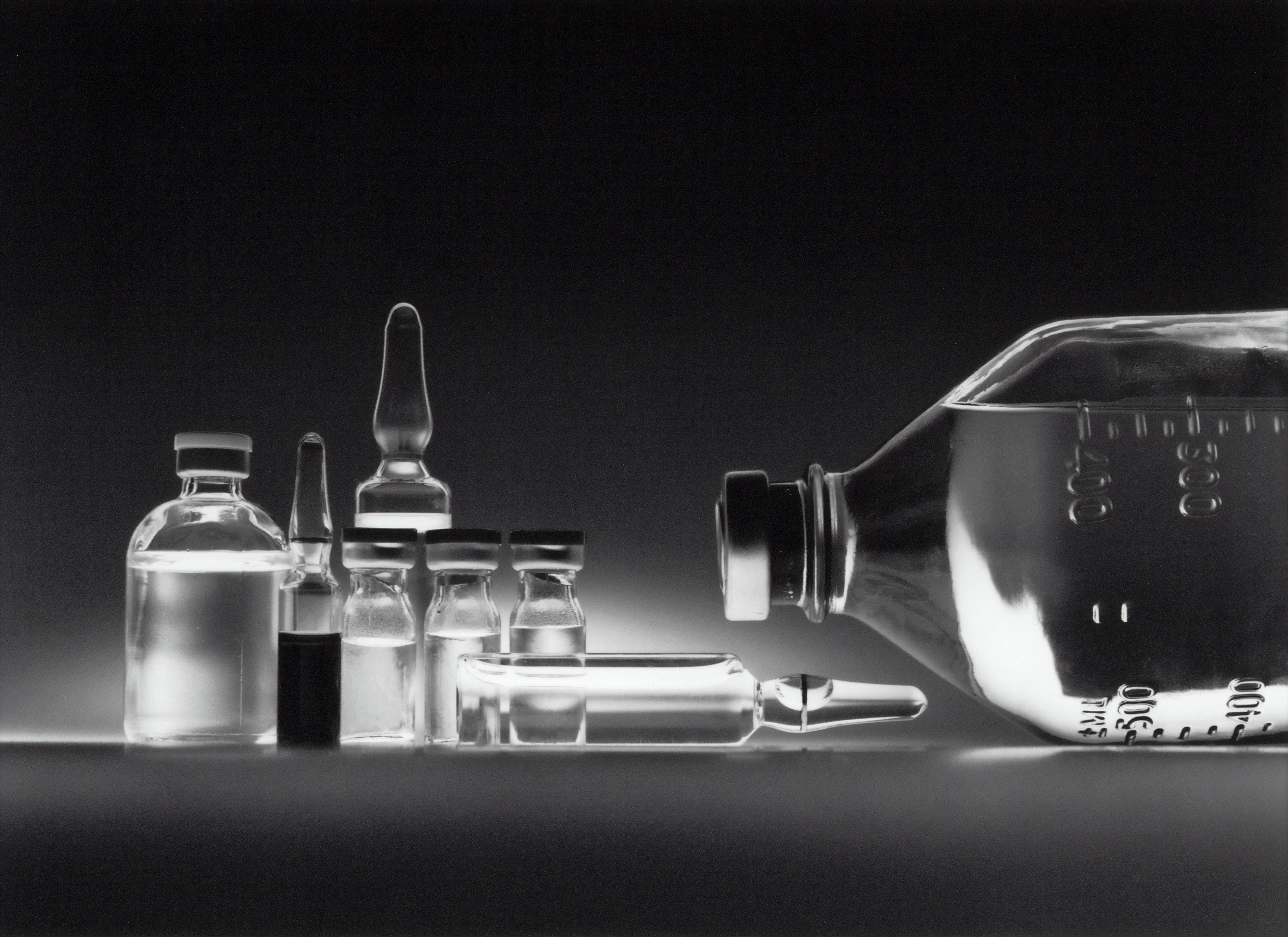
When it comes to removing catalyst fines from pharmaceutical hydrogenation reactions, BHS Filtration has come up with a novel approach.
Currently, most hydrogenation slurries are clarified with the use of manual plate or nutsche filters, bag filters, or cartridge filters. All of these require manual operations for cake discharge and cleaning between batches or campaigns. At the same time, these units suffer from high labor, maintenance and disposal costs as well as the exposure of the operators and the environment to toxic and hazardous solvents and solids, used and contaminated filter cloth, bag filters, and filter cartridges.
A new approach uses candle filters which are batch-operated, pressure-filtration systems.
Understanding Candle Filters
A candle filter is a pressure vessel filled with tubular filters called candles. The candle is comprised of:
- filtrate pipe — runs the length of the candle and ensures high liquid flow, as well as maximum distribution of the gas during cake discharge.
- perforated core with supporting tie rods — the tie rods create an annular space between the filter sock and the perforated core, which helps to maintain a low pressure drop during operation and promotes efficient expansion of the filter sock during cake discharge
- filter sock — installed over the candle, and made of various synthetic materials, the filter sock is capable of removing particles smaller than 1 micron (μm). As the cake builds during operation, the candle filter’s removal efficiency increases, enabling removal of particles as small as approximately 0.5 μm.

Candle Filter in Action
During operation, pressure from the reactor forces the slurry into the bottom of the pressure vessel. The solids build up on the outside of the filter sock, while the liquid filtrate flows into the candle, through the registers, and out of the vessel. This process continues until the maximum pressure drop, design cake thickness, minimum flow, or filtration time is reached. The cake is then washed to remove impurities and residual mother liquor. Finally, the cake is dried.
For cake discharge, low-pressure gas enters in the reverse direction through the registers and into the individual candles and expands the filter socks. This process breaks apart the dry cake, which detaches from the filter sock and falls into the vessel cone. The cake can also be discharged as a concentrated slurry.
Pharmaceutical Hydrogenation Application
In the pharmaceutical catalytic hydrogenation application, the current process after the reactor is metal bag filters for slurry discharge into manual nutsche “clamshell” filters for vacuum filtration and drying. The process was time-consuming and required handling of liquids and solids including final “manual dig out” of the filters. The process solvent was tetrahydrofuran (THF) and ethanol.
Lab testing was conducted to develop a new, one-step process for filtration and drying. The BHS candle filters with pharma designed candles and cGMP compliance allowed for a revamp of the operation with two filters, one-on/one-off for continuous operation. Read the full article and let me know what you think!

